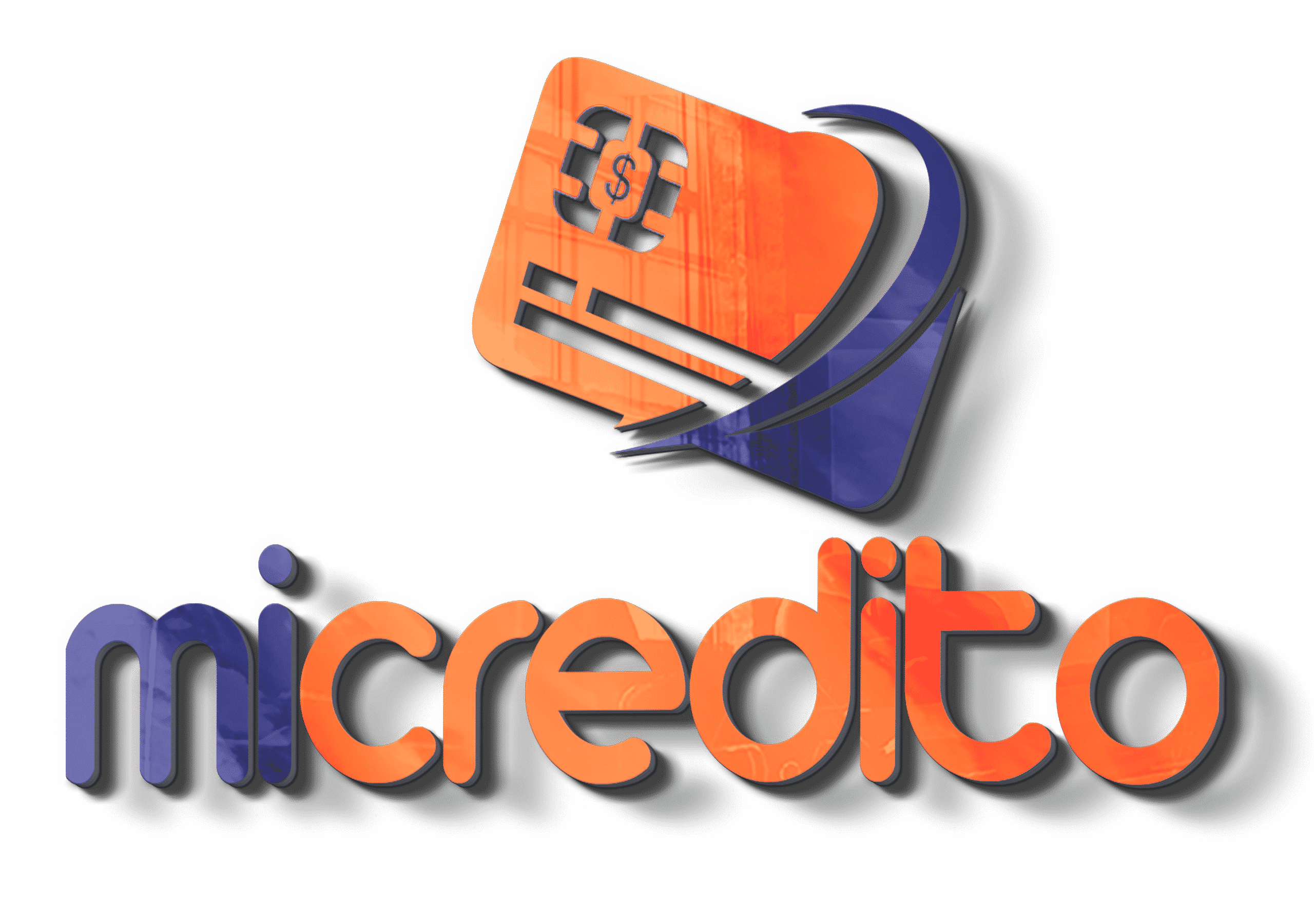As cryptocurrency adoption grows, several U.S. credit card issuers now offer crypto rewards instead of traditional cashback or points. These programs promise long-term value by converting everyday spending into digital assets. But the question remains: are these cards offering real financial advantages, or are they just capitalizing on current crypto trends to attract a tech-curious audience without delivering consistent value?
This article breaks down how crypto-linked credit cards work, the risks involved, and whether they make sense for your financial goals. By understanding the mechanics and context, you can evaluate if these programs are truly beneficial or just another rewards gimmick with a digital twist.
What are crypto rewards and how do they work?

Crypto rewards are earned when your credit card returns a percentage of your spending in cryptocurrency. Instead of receiving points or dollars, you accumulate assets like Bitcoin, Ethereum, or other supported tokens. These rewards are usually deposited into a custodial wallet tied to your account and can later be held, exchanged, or withdrawn, depending on your card issuer’s policies and its integration with external platforms.
The appeal lies in the possibility of asset appreciation. While cashback gives a fixed value, crypto rewards offer potential for growth. However, they also introduce volatility — the value of your earned crypto can rise or fall dramatically. That’s a significant shift from the stability people typically expect from credit card rewards systems.
Why crypto rewards are gaining traction
The growing interest in crypto rewards is fueled by consumer curiosity and the potential for higher returns. Users who believe in the long-term value of digital assets see rewards programs as an accessible way to gain exposure without making direct investments.
Financial institutions and fintech startups have recognized this trend. They’re offering crypto-based cards with different reward structures, coins, and redemption options. Some platforms even allow you to choose which cryptocurrency you want to receive, increasing personalization and relevance.
Are crypto reward cards right for most users?
Not necessarily. While crypto rewards are appealing to some, they aren’t suitable for everyone. The value of crypto can fluctuate wildly, turning a $50 reward into $20 — or $80 — within days. This unpredictability may not work well for users who prefer consistent rewards that support monthly budgeting, like traditional cashback or travel points.
Another important factor is custody. Many cards deposit your rewards into accounts you don’t fully control. That means you might not hold the private keys to your crypto — which limits flexibility and raises security questions. Users should consider whether they’re comfortable with third-party custodians managing their digital assets on their behalf.
Comparing crypto with traditional rewards
Conventional reward systems are predictable: a dollar spent gives you a known return. With crypto rewards, your return is speculative. It could grow significantly, but it might also lose value quickly. That makes them more suited to users who are comfortable with financial risk and less concerned with immediate liquidity or redemption certainty. If you treat your rewards as long-term investments, crypto cards might align well with your goals. But if you rely on your rewards to offset purchases or travel expenses soon after earning them, the volatility makes crypto cards a less practical option.
Evaluating the future of crypto-integrated cards
The success of crypto rewards depends on how the broader crypto ecosystem matures. If adoption grows and regulation provides more stability, these rewards could evolve into a valuable and normalized component of the credit landscape. But if volatility remains extreme or trust in platforms erodes, users may revert to more traditional reward options that offer clarity and control.
These cards aren’t inherently bad or misleading — but they’re not universal solutions either. They serve a niche: users who understand crypto, tolerate short-term swings, and prefer to build digital assets through passive methods. For this audience, the combination of spending and investing makes logical sense and fits broader financial strategies.





